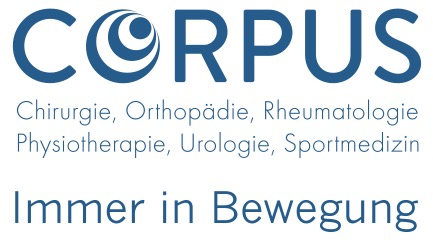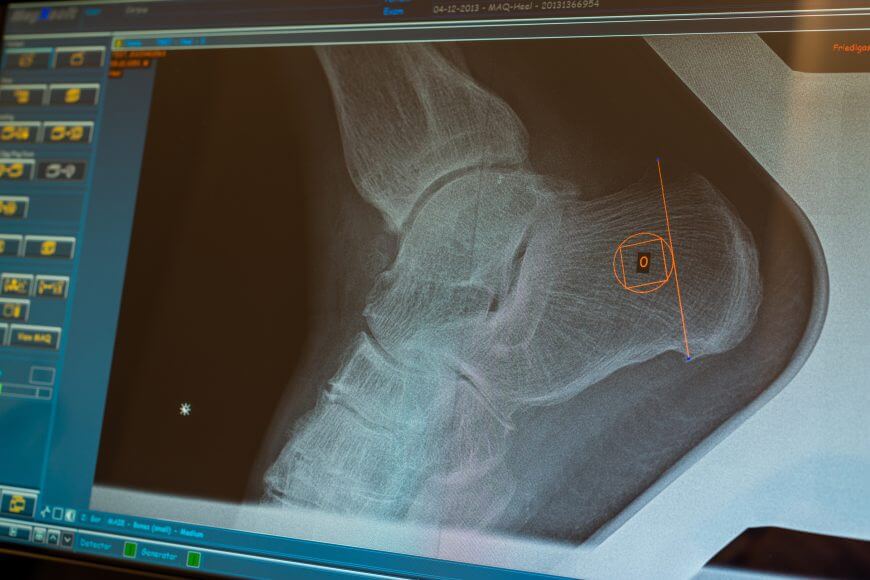Most commonly, a heel spur occurs on the underside of the heel bone, where the tendon plate (plantar fascia) of the sole of the foot and the short muscles of the foot attach. Rarely, the heel spur develops at the top of the Achilles tendon. A heel spur is usually the result of overloading. Causes of this overload can be: severe obesity, a job that requires standing for a long time, a flattened longitudinal arch of the foot, prolonged improper strain due to hard shoes, incorrect running technique or insufficient warming up before sporting activities. But staying in a forced position for a longer period of time, for example when driving for hours, increases the risk of getting a heel spur on the heel. Constant overload leads to small cracks, which the body repairs with calcium deposits. The heel spur grows bit by bit and presses on the surrounding connective tissue.
However, in addition to heel spurs, there are other conditions that can lead to heel pain. These include pinched nerves, stress fractures of the heel bone or inflammatory joint diseases. These must first be ruled out by the doctor. After a detailed questioning and examination and, if necessary, an X-ray and ultrasound examination, the diagnosis is usually established. The most important first measure of heel spur treatment is to relieve the foot temporarily. Conservative therapies are the first treatment after the diagnosis of heel spurs.
Insoles and physiotherapy help with heel spurs
These include, for example, individually adapted insoles with cut-outs or foam rubber padding in the area of the heel or heel spur. In addition, insoles that support the longitudinal arch of the foot are beneficial for heel spur treatment. In addition, a simultaneously existing kink and/or flat foot should be taken into account by means of insoles. Comfortable and well-cushioned shoes for everyday life and sports as well as the right running technique and warm-up training are also very important. In addition, special physiotherapy exercises can remedy a heel spur. These exercises stretch and strengthen the tendons on the calf and sole of the foot when a heel spur has been diagnosed. The pain decreases. Heel spur exercises: https://youtu.be/Bwg72bmZwDw Heel spur tape: https://youtu.be/Bwg72bmZwDw
Therapeutic measures for the treatment of heel spurs
In addition to conservative therapies, there are conservative physical therapy measures to treat heel spurs. These include: Injection procedures : The doctor injects anti-inflammatory drugs such as cortisone and local anesthetics into the inflamed connective tissue. No long-term therapy Taking anti-inflammatory drugs (NSAIDs) with anti-inflammatory foot baths and ointments Kinesio-Taping .

